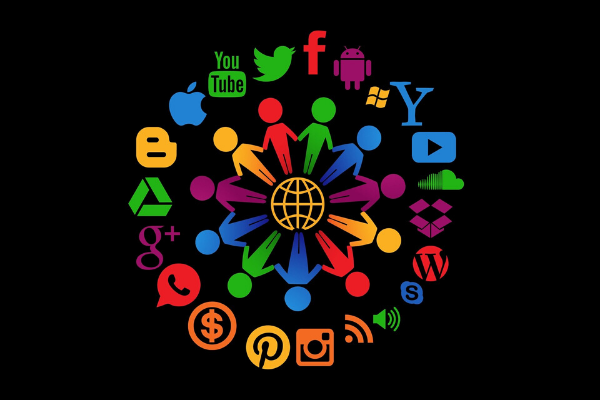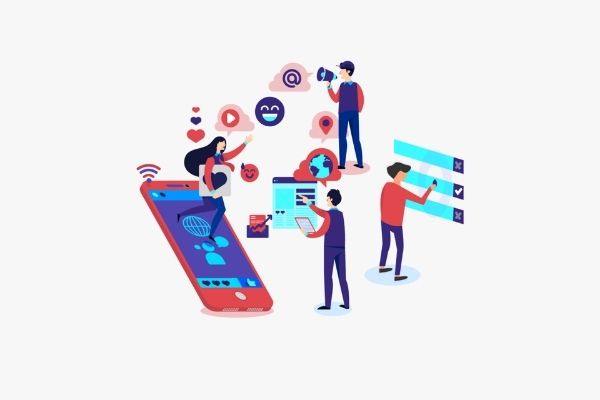Insights
INSIGHTS
All Topics
Understanding data for personalisation
15 Sep 2020by Paul Rubens
You have viewed all of your 1 articles as an unregistered user
To continue reading this article please register.
For unlimited access to our free content, please register.
24 Mar 2025by Kellie Smith
How to encourage people to volunteer in charity shops
21 Mar 2025by Josie Sparling
The digital era: What are the causes and impacts?
21 Mar 2025by Christine Chiu
How to make the most of a conference
Our Events
Charity Digital Academy
Our courses aim, in just three hours, to enhance soft skills and hard skills, boost your knowledge of finance and artificial intelligence, and supercharge your digital capabilities. Check out some of the incredible options by clicking here.















